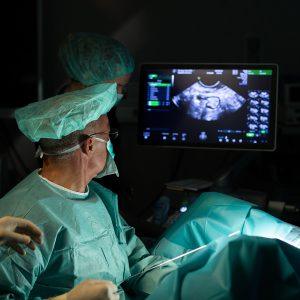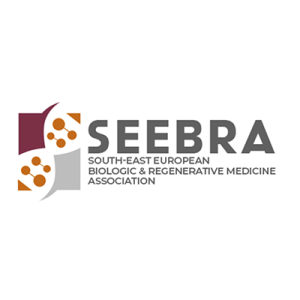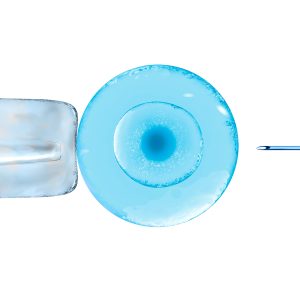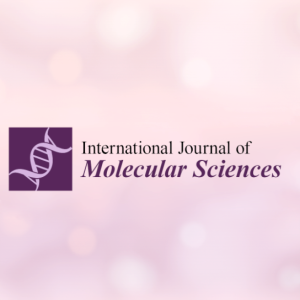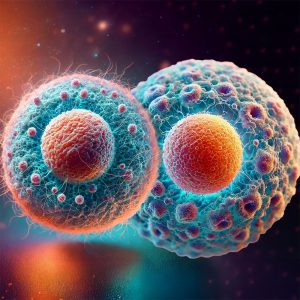Keeping your cells energized is essential for health, and mitochondria—the tiny powerhouses inside our cells—are crucial for fertility. They support egg quality, hormone production, and ovarian function, while Dysfunction can impact fertility and overall well-being.
How Stem Cells Help Mitochondria
Stem cell therapy is emerging as a potential solution for boosting mitochondrial function. Stem cells, originating from your own bone marrow, can help repair damaged mitochondria and improve cellular energy production. They may also:
- Transfer healthy mitochondria to struggling cells.
- Reduce inflammation that harms cell function.
- Protect against oxidative stress, which can damage eggs and tissues.
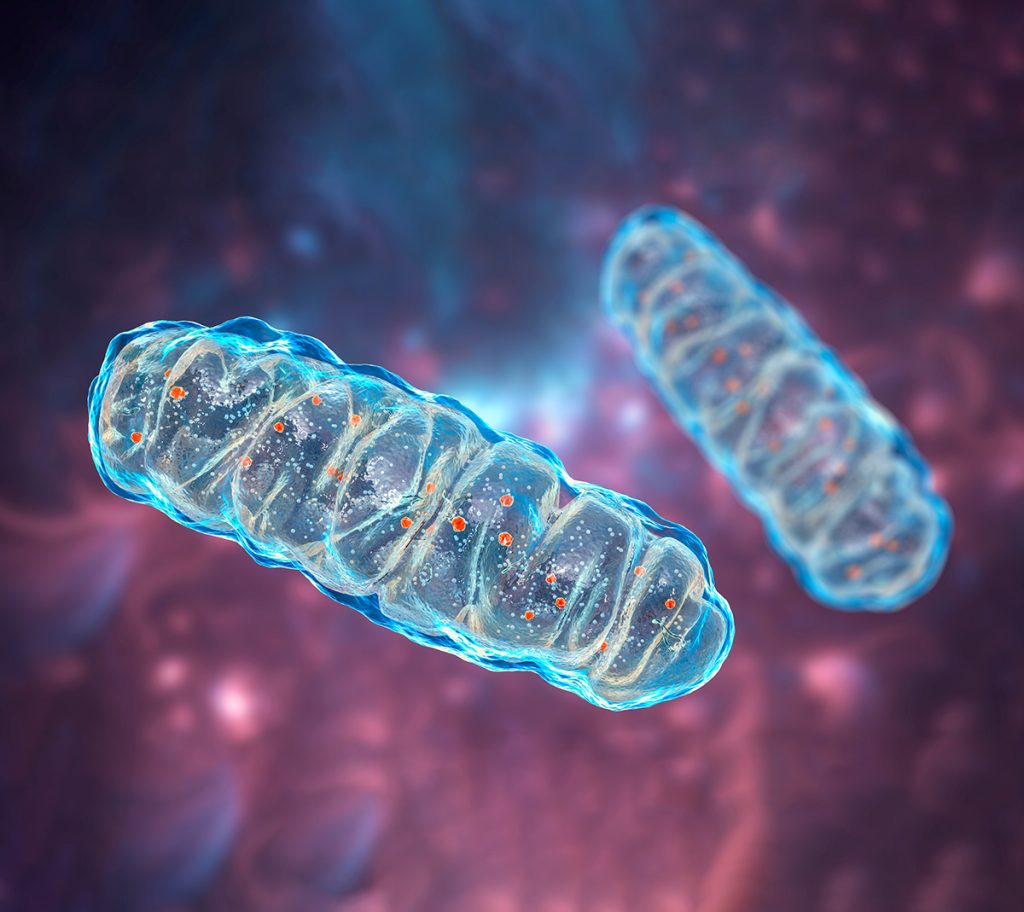
Best exercise to increase mitochondria
High-Intensity Interval Training (HIIT) isn’t just for fitness—it also boosts mitochondrial function. Short bursts of intense exercises improve energy production and overall cellular health. HIIT workouts include exercises like squats, lunges, and planks, focusing on strengthening core and pelvic muscles.
Getting Started with HIIT
- Warm up for 5-10 minutes.
- Perform 5-7 exercises for 30 seconds, followed by 60 seconds of rest.
- Repeat for 7-10 cycles, with a total workout lasting 35-45 minutes.
- Exercise 3 times a week, combined with light cardio like walking.
Preparation and Safety
Before starting mitochondrial therapies or fitness routines, it’s important to assess overall health through blood tests, fitness evaluations, and medical clearance. This ensures a personalized plan that suits your needs and goals.
How long does it take to increase mitochondria
With the right combination of stem cell therapy and lifestyle changes, improvements in energy, fertility, and overall health can be seen within months. Regular monitoring and adjustments help track progress and ensure the best outcomes.
Investing in mitochondrial health through science-backed therapies and lifestyle adjustments opens up new possibilities for enhanced well-being and reproductive health.
How to Naturally Improve Mitochondrial Function
Mitochondria are the cell’s energy engines, responsible for converting nutrients into usable energy (ATP). Improving their function can boost vitality, metabolism, and overall health.
1. Optimize Your Diet
Focus on antioxidant-rich foods (berries, leafy greens) to reduce oxidative damage. Include healthy fats (avocados, nuts, salmon) and sufficient protein (eggs, lean meats) for enzyme production. Key nutrients like B vitamins, magnesium, CoQ10, and iron are vital for energy metabolism.
2. Exercise in Moderation
Short sessions of high-intensity interval training (HIIT) can boost metabolic flexibility. Avoid overtraining, which can increase oxidative stress.
3. Practice Intermittent Fasting
Short fasting windows (12–16 hours) promote autophagy, helping eliminate damaged mitochondria and improving insulin sensitivity.
4. Manage Stress Levels
Chronic stress elevates cortisol, damaging mitochondria. Techniques like meditation, deep breathing, and adequate sleep (7–9 hours) can help protect and repair cells.
5. Consider Key Supplements
CoQ10, alpha-lipoic acid, and L-carnitine may support ATP production. Always consult a healthcare professional before starting any supplement.
Conclusion
A balanced diet, moderate exercise, stress reduction, and targeted nutrients can naturally boost mitochondrial function. By prioritizing these habits, you support optimal energy production and long-term cellular health.


